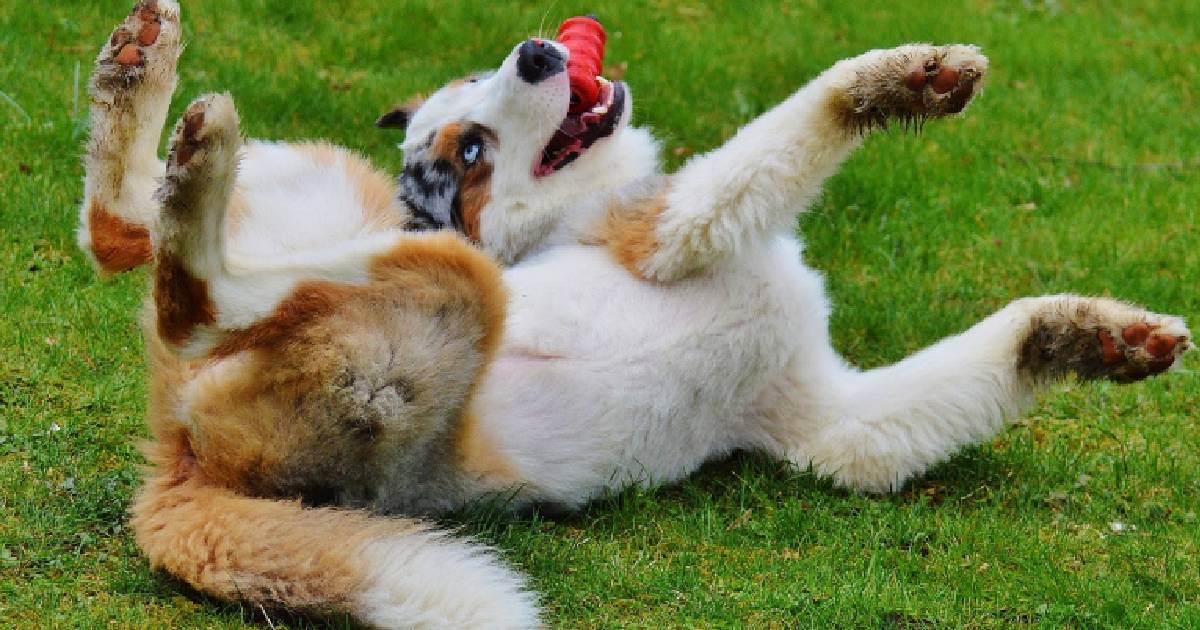 Shutterstock
Shutterstock
If you’ve ever seen your dog grab a toy and shake it vigorously from side to side, you might wonder why they do it. This seemingly playful behavior goes beyond just having fun; it’s linked to a dog’s primal instincts, survival tactics, and social behaviors. Shaking toys may look cute or funny, but it expresses deeply ingrained actions passed down through generations. These behaviors are rooted in hunting techniques, releasing energy, and communication, reflecting a dog’s natural instincts and traits.
Mimicking Hunting Instincts
 Shutterstock
Shutterstock
One of the primary reasons dogs shake their toys is to mimic hunting behavior. In the wild, dogs’ ancestors would catch prey and shake it violently to kill or incapacitate it. This behavior is especially pronounced in terrier breeds bred to hunt and kill small animals. When your dog shakes their toy, they are tapping into these ancient instincts, simulating the action of catching and subduing prey.
Releasing Pent-Up Energy
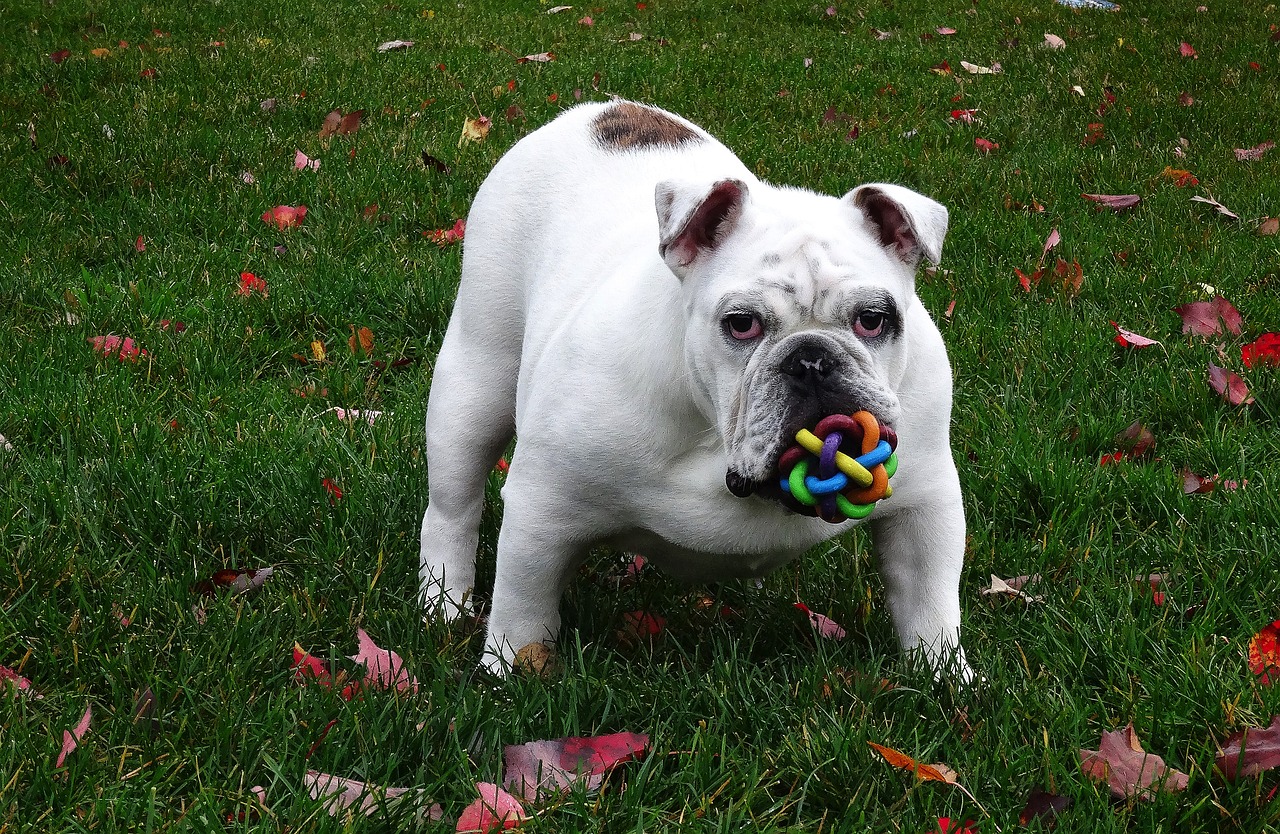 Shutterstock
Shutterstock
Dogs need a way to release built-up energy, and shaking toys can be an effective outlet. This action allows them to expend some excess energy in a fun and satisfying ways. The rapid motion involved in shaking helps dogs burn calories and tire themselves out, which is especially important for high-energy breeds. It’s a form of physical exercise that lets them work off steam while playing.
Engaging in Play Behavior
 Shutterstock
Shutterstock
Shaking toys is also part of a dog’s natural play behavior. Dogs often shake toys during games of fetch, tug-of-war, or solo play. This play behavior allows them to practice coordination, strengthen their muscles, and engage in natural movements. In a domestic setting, shaking toys is a way for dogs to satisfy their instinct to play, even if no actual prey is involved.
Practicing Survival Skills
 Shutterstock
Shutterstock
Shaking a toy can be a way for dogs to practice survival skills, even if they don’t consciously realize it. By mimicking their actions to hunt or defend themselves, dogs keep their survival instincts sharp. Even though domesticated dogs don’t need to hunt for their meals, this behavior is still hardwired into their DNA. Shaking toys gives them a safe and controlled environment to practice these skills.
Strengthening Jaw Muscles
 Shutterstock
Shutterstock
When dogs shake their toys, it engages their jaw and neck muscles, giving them a workout. This is particularly true for breeds with a strong prey drive, like terriers and retrievers. The act of shaking helps keep their jaw muscles strong and well-toned. It’s not just about fun; it’s also a form of exercise that maintains their physical fitness, especially for dogs bred for tasks requiring a strong bite.
Seeking Attention
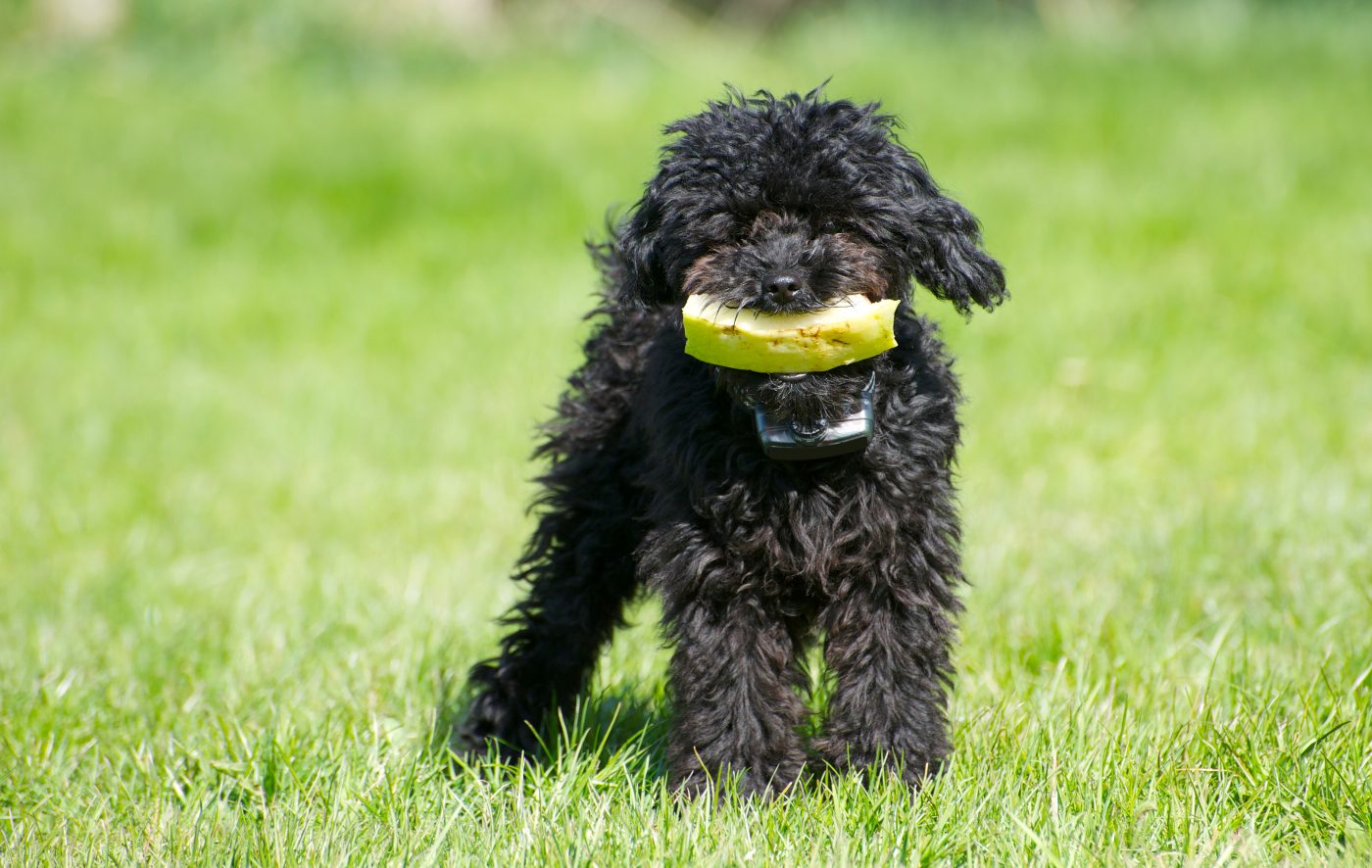 Shutterstock
Shutterstock
Sometimes, dogs shake toys to get attention from their owners. The shaking motion can be exaggerated and noisy, making it hard to ignore. If your dog notices that shaking a toy gets a reaction from you—praise, laughter, or joining in on the play—they may continue to do it to keep you engaged. In this case, shaking toys are a communication tool that grabs your attention.
Demonstrating Possession
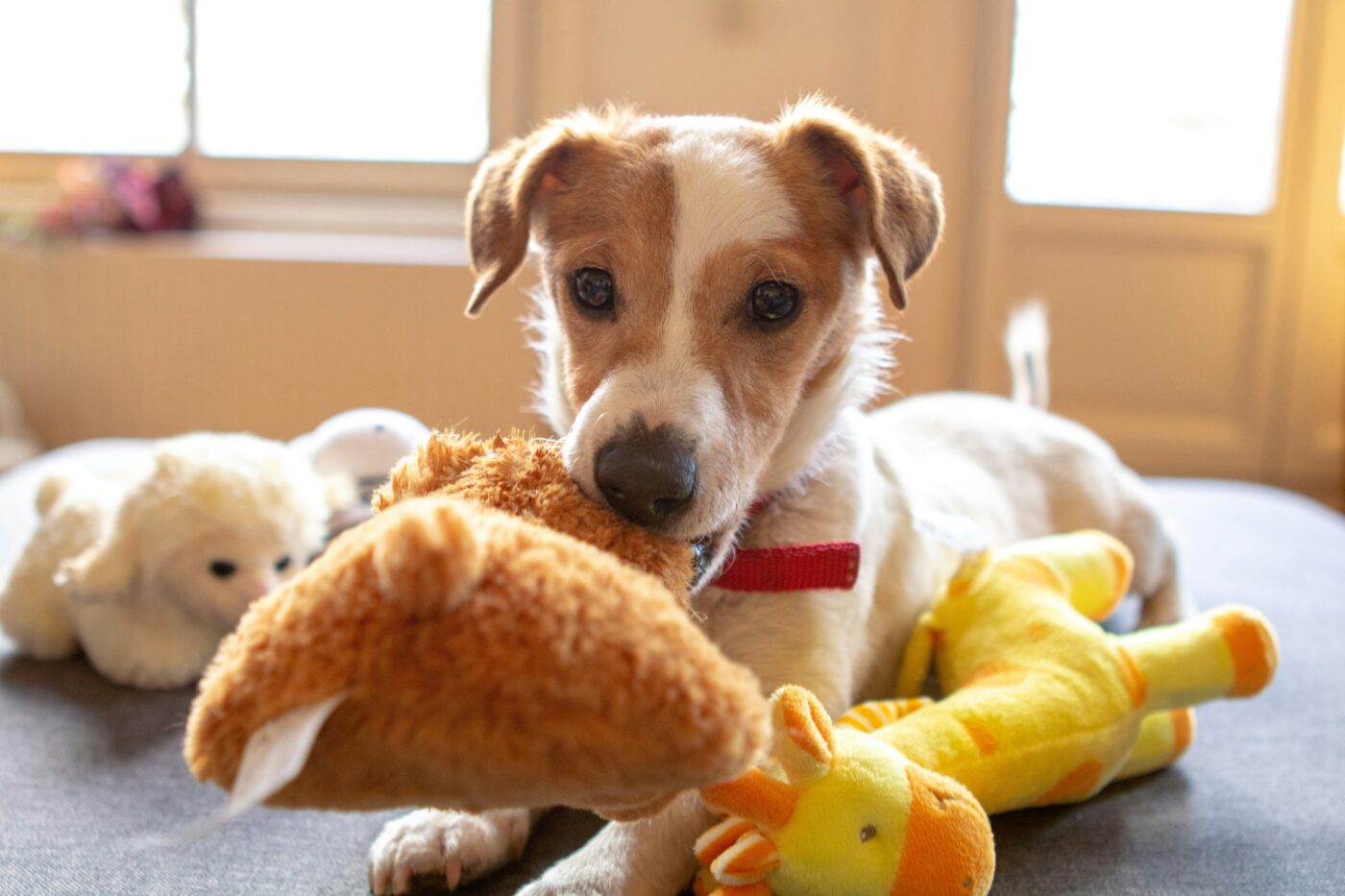 Shutterstock
Shutterstock
Dogs are naturally territorial, and shaking a toy can be a way to demonstrate ownership. Shaking their toy, they essentially say, “This is mine!” It displays possessiveness, especially if they hold or carry the toy around the house afterward. This behavior may be more common in multi-pet households where toy competition is more prevalent. Shaking helps dogs establish that the toy belongs to them.
Expressing Excitement or Joy
 Shutterstock
Shutterstock
For many dogs, shaking a toy is simply a way to express excitement or happiness. It’s a spontaneous action when they feel especially playful or content. Shaking the toy can be an outlet for their joyful energy, especially during moments of heightened excitement, such as when you return home or when they receive a new toy. The action allows dogs to channel their happiness into physical movement.
Testing the Toy’s Durability
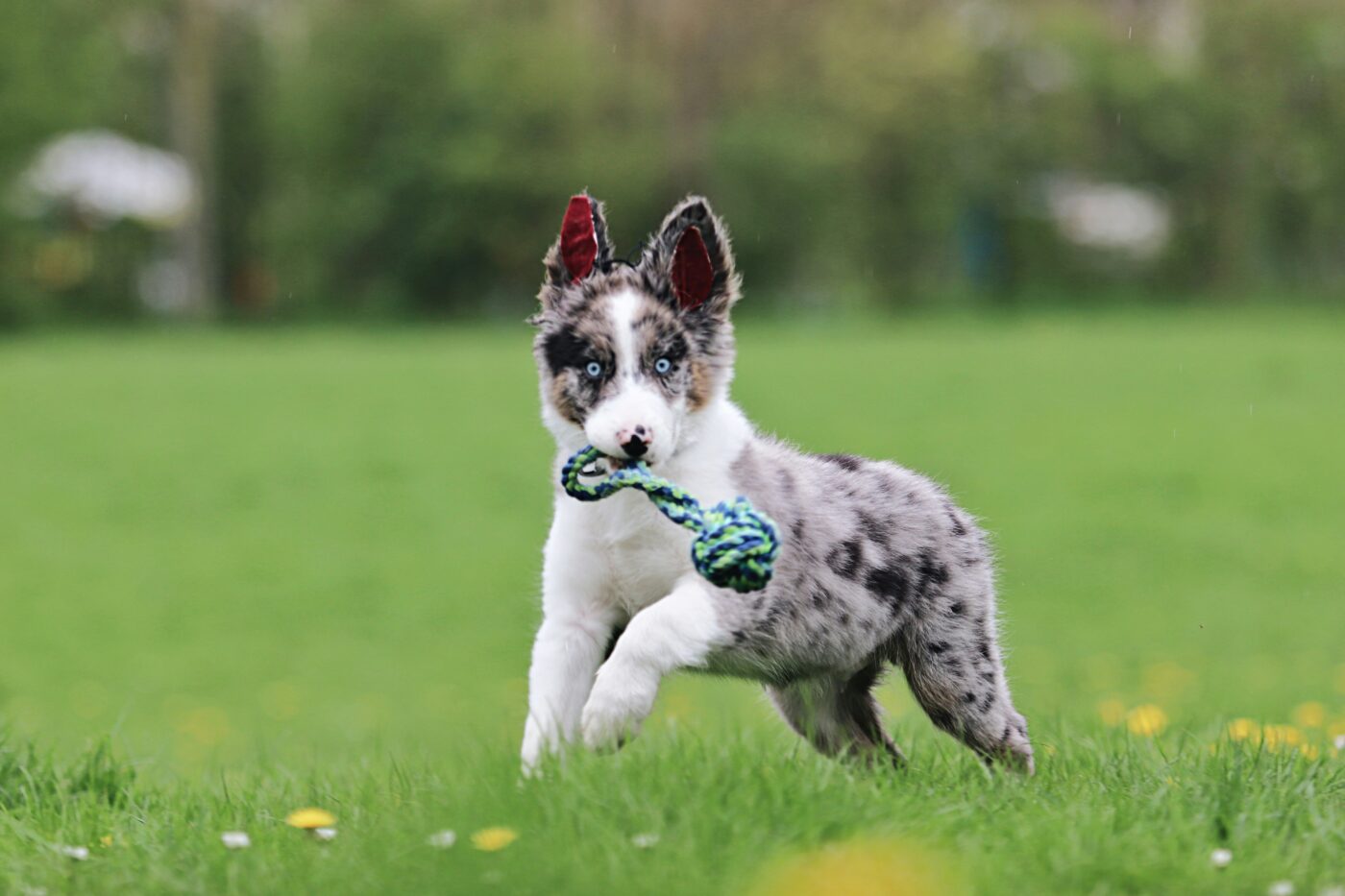 Shutterstock
Shutterstock
Shaking toys can also be a way for dogs to test the durability of their playthings. Dogs are naturally curious and may want to see if their toy can withstand rough treatment. The shaking motion helps them determine if the toy is strong enough to endure their play style. If the toy survives the test, it may become one of their favorites; if not, it’s time to find a sturdier toy.
Fulfilling a Breed-Specific Behavior
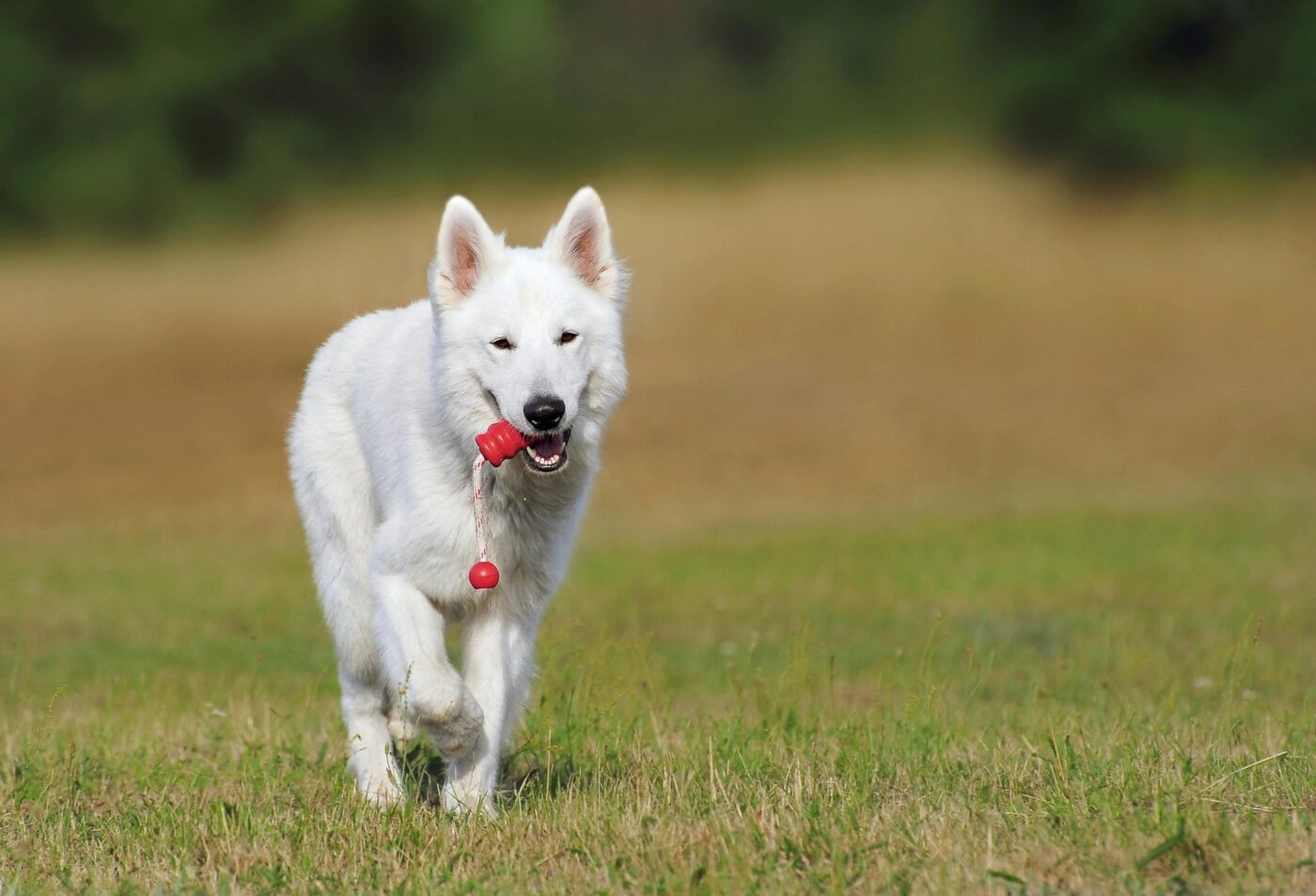 Shutterstock
Shutterstock
Certain breeds are more inclined to shake toys for their specific breeding purposes. For instance, terriers were bred to hunt small animals, and retrievers were bred to bring back game birds. The shaking behavior reflects the tasks they were bred to perform. For these breeds, shaking toys feels natural and instinctive because it aligns with the behaviors their ancestors were bred for. It’s a manifestation of their breed-specific traits.
Engaging in Social Play with Other Dogs
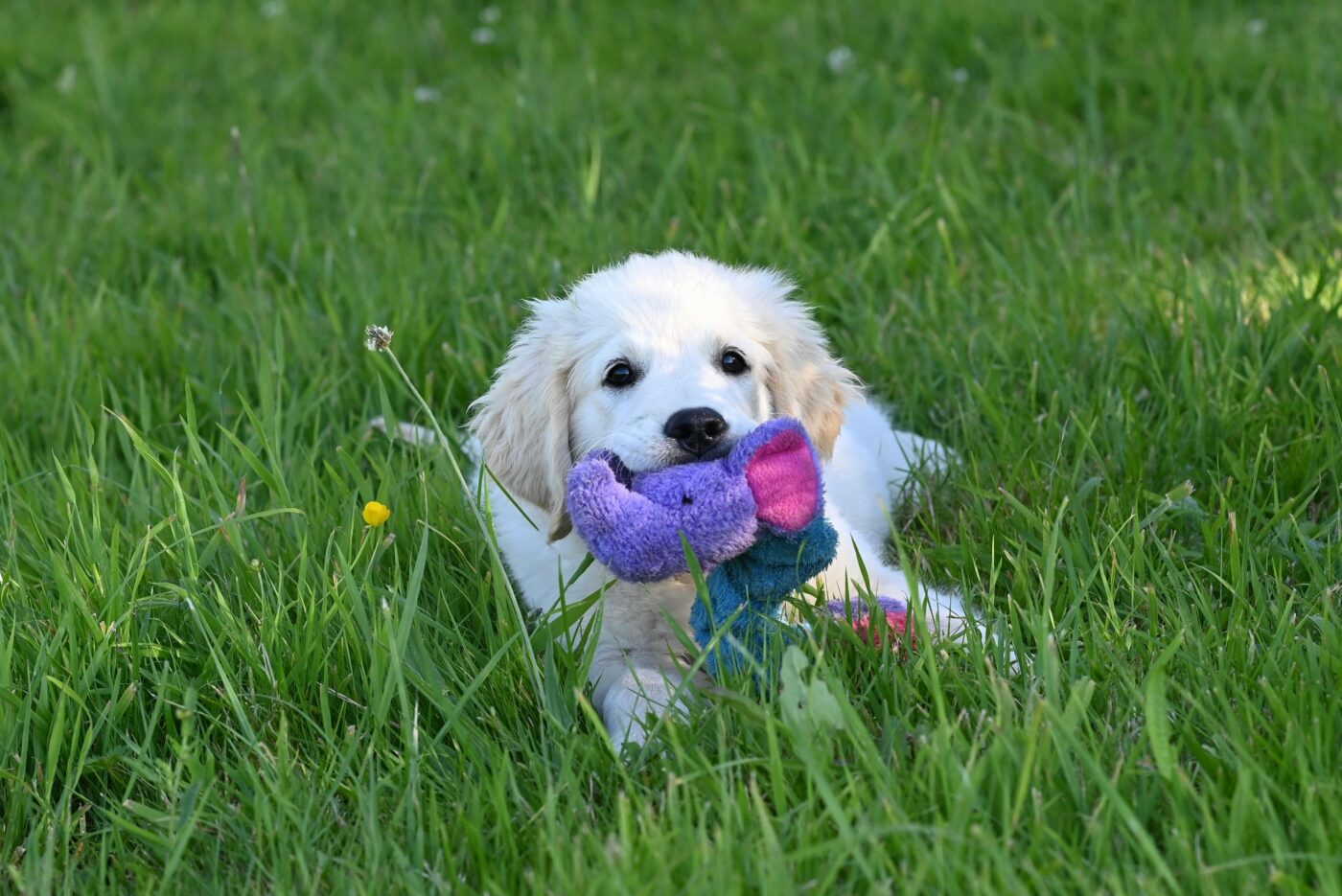 Shutterstock
Shutterstock
When playing with other dogs, shaking a toy can be a way to initiate or intensify social play. Dogs may shake a toy to entice other dogs to join the game or establish dominance during playtime. Shaking the toy can signal to other dogs that it’s playtime and can help strengthen social bonds through shared activities.
Relieving Stress or Anxiety
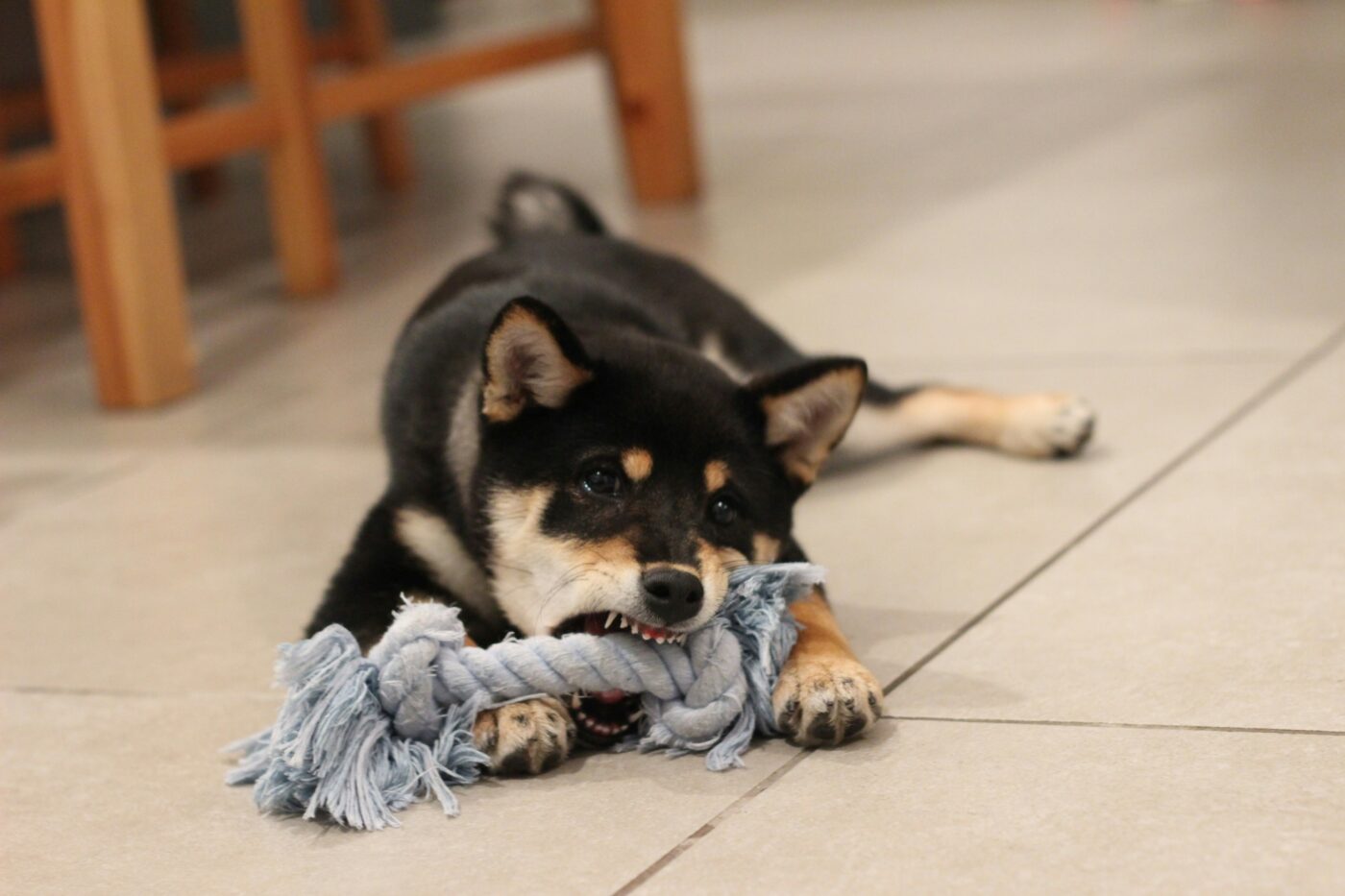 Shutterstock
Shutterstock
For some dogs, shaking toys is a way to cope with stress or anxiety. The physical action of shaking provides an outlet for pent-up tension, helping dogs release stress in a healthy and non-destructive way. If a dog shakes a toy more frequently during stressful events, such as thunderstorms or changes in their environment, it may be their way of self-soothing.
Developing Coordination Skills
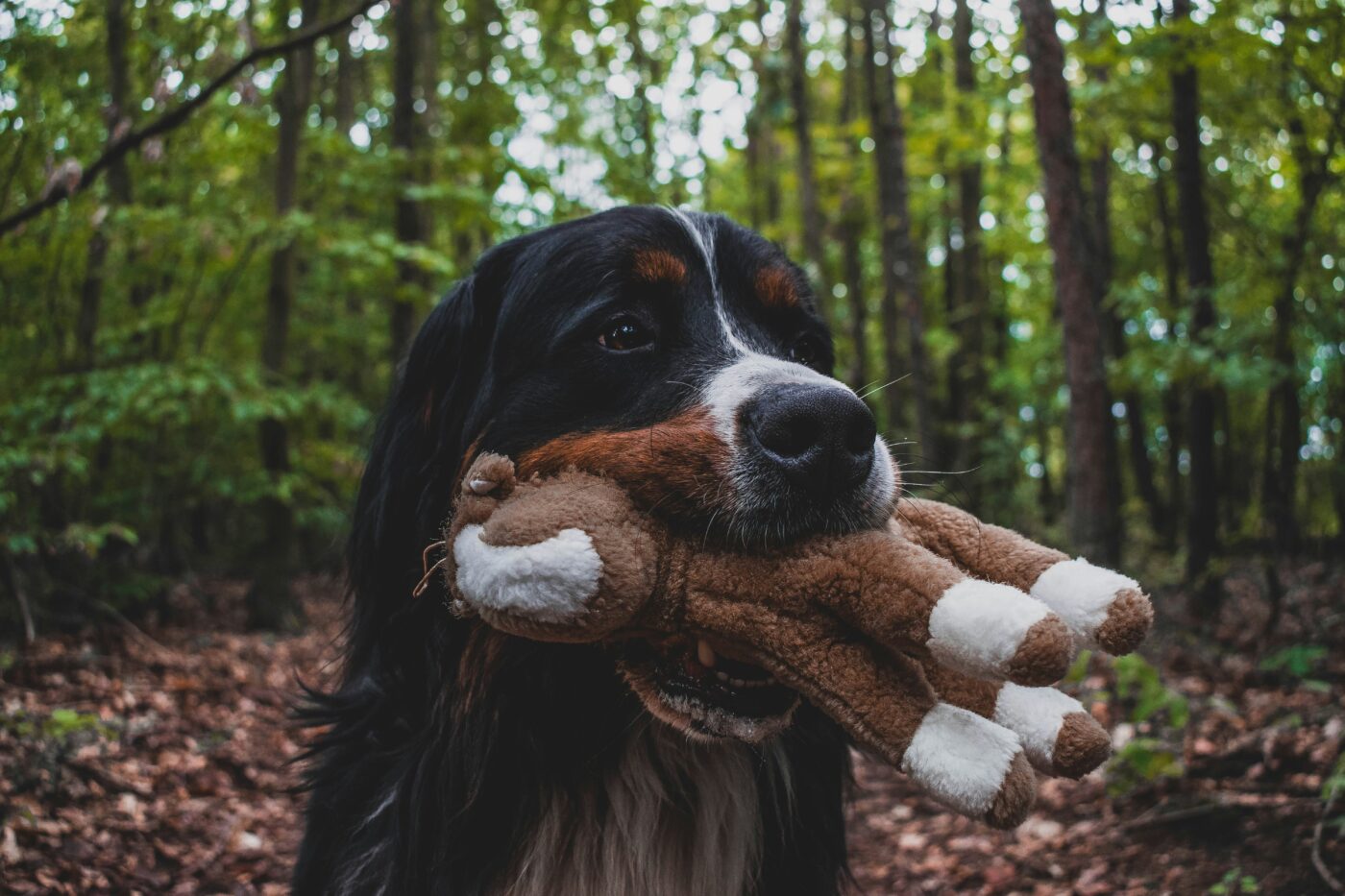 Shutterstock
Shutterstock
The action of shaking a toy involves coordination between the jaws, neck, and body. By practicing this behavior, dogs can improve their coordination and motor skills. This is especially beneficial for young puppies still learning to control their movements. Shaking toys helps them develop body awareness and muscle control, which is crucial for physical development.
Showing Off
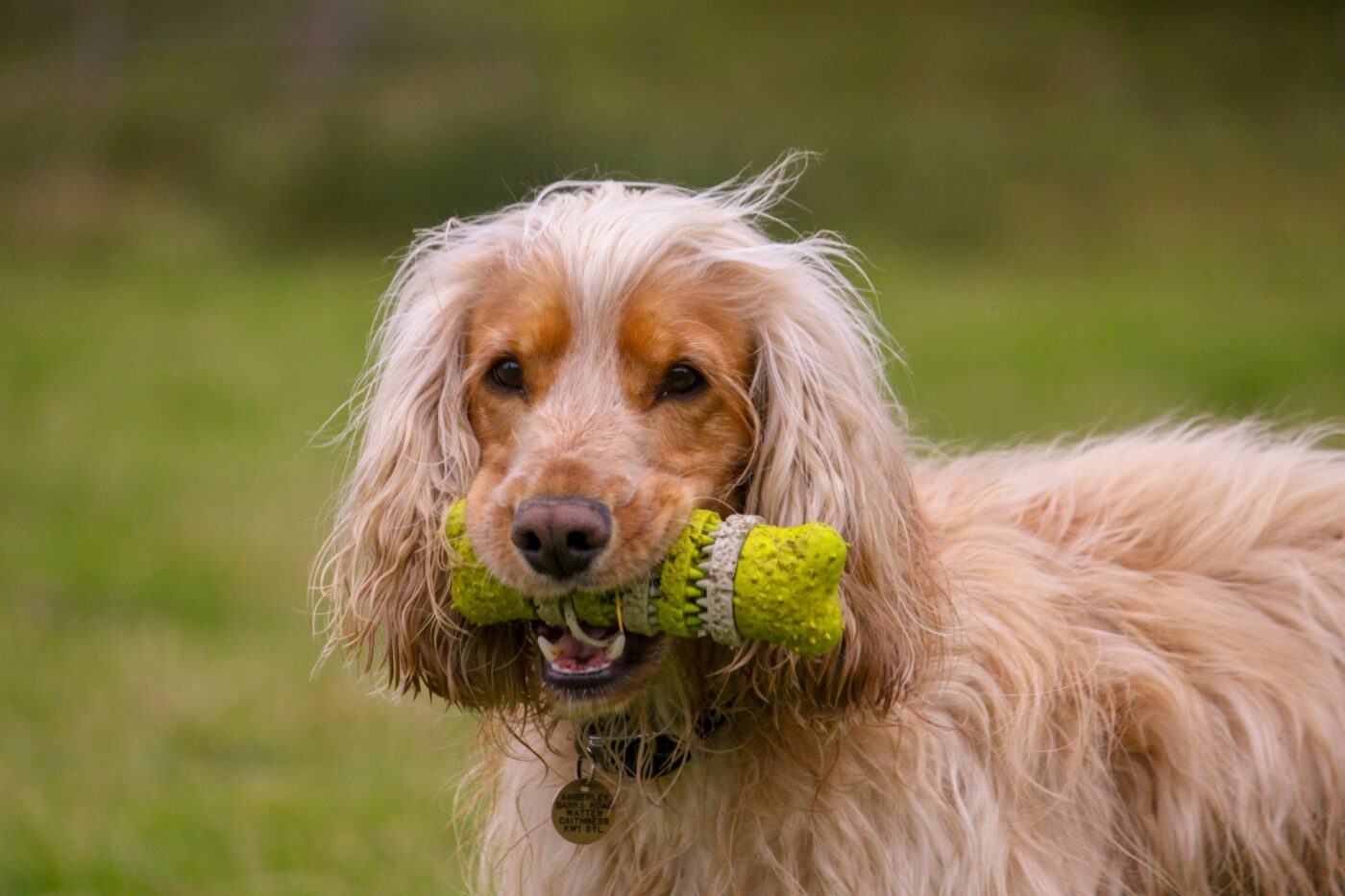 Shutterstock
Shutterstock
Some dogs shake toys to show off or display their playfulness. This can be a form of self-expression, letting their personality shine through. When dogs vigorously shake a toy, they may perform for an audience, whether it’s their human family or other dogs. It’s as if they’re saying, “Look what I can do!” and seeking a reaction in return.
Shake, Shake, Shake – Who Needs a Gym?
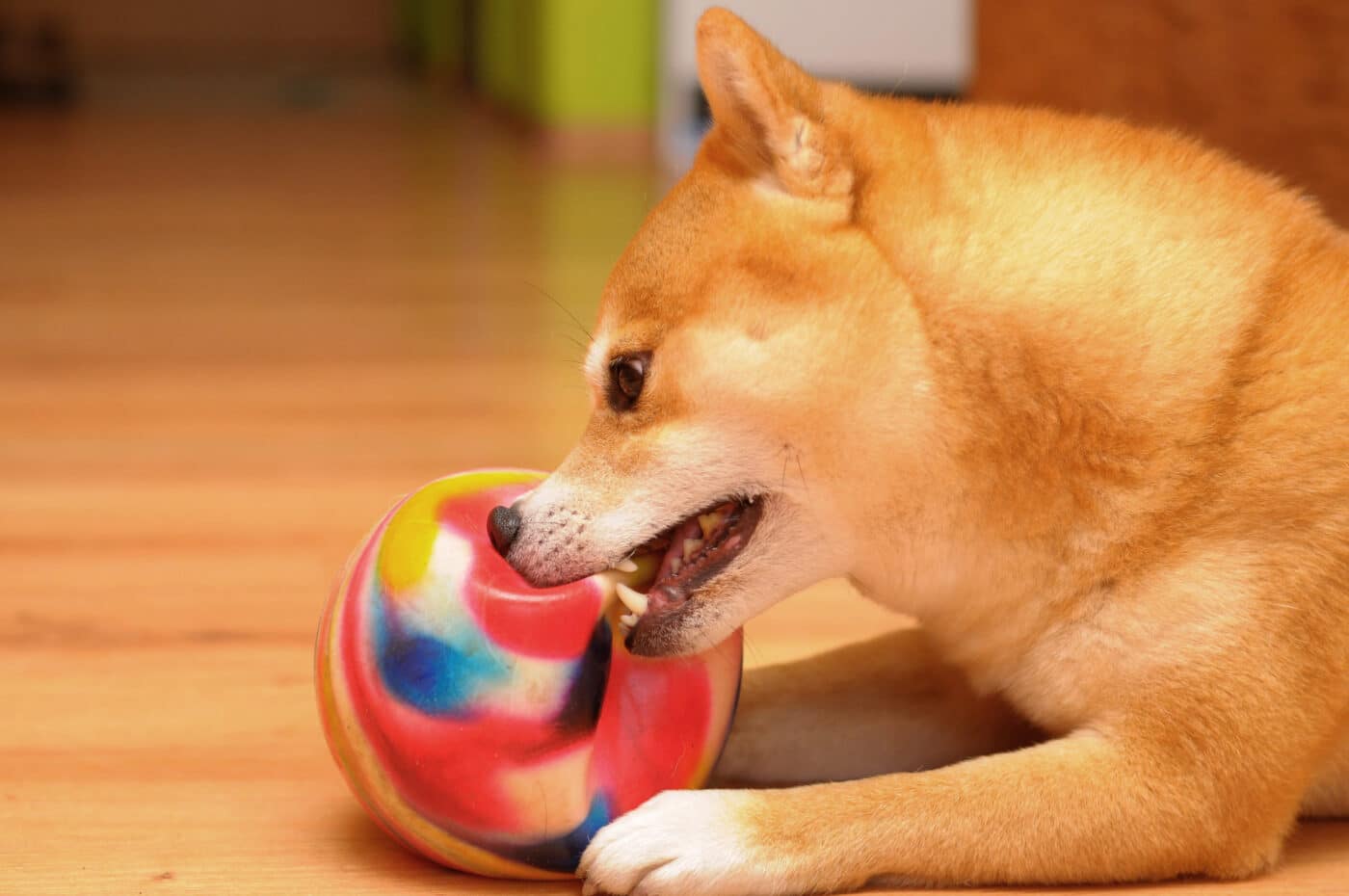 Shutterstock
Shutterstock
Ever wonder why your dog shakes that toy with wild enthusiasm, acting like a little tornado? Whether practicing for a big hunt or showing off their “toy-terrorizing” skills, dogs love nothing more than whipping their favorite plushie around the room. While it may appear to be random fun, there’s a lot of instinct behind each shake. Next time your dog goes into full toy-shaking mode, sit back, laugh, and enjoy the “doggy gym” workout, knowing it’s rooted in natural behaviors.
 Toledo, United States.
Toledo, United States.